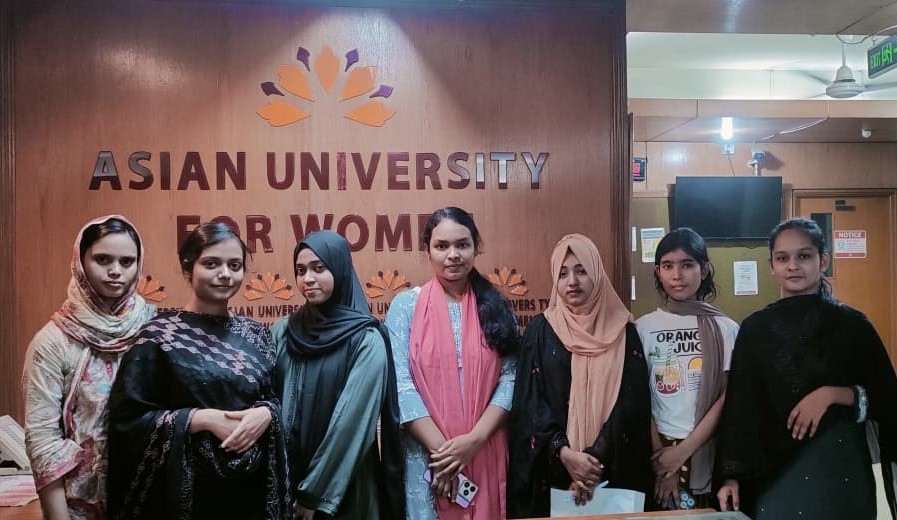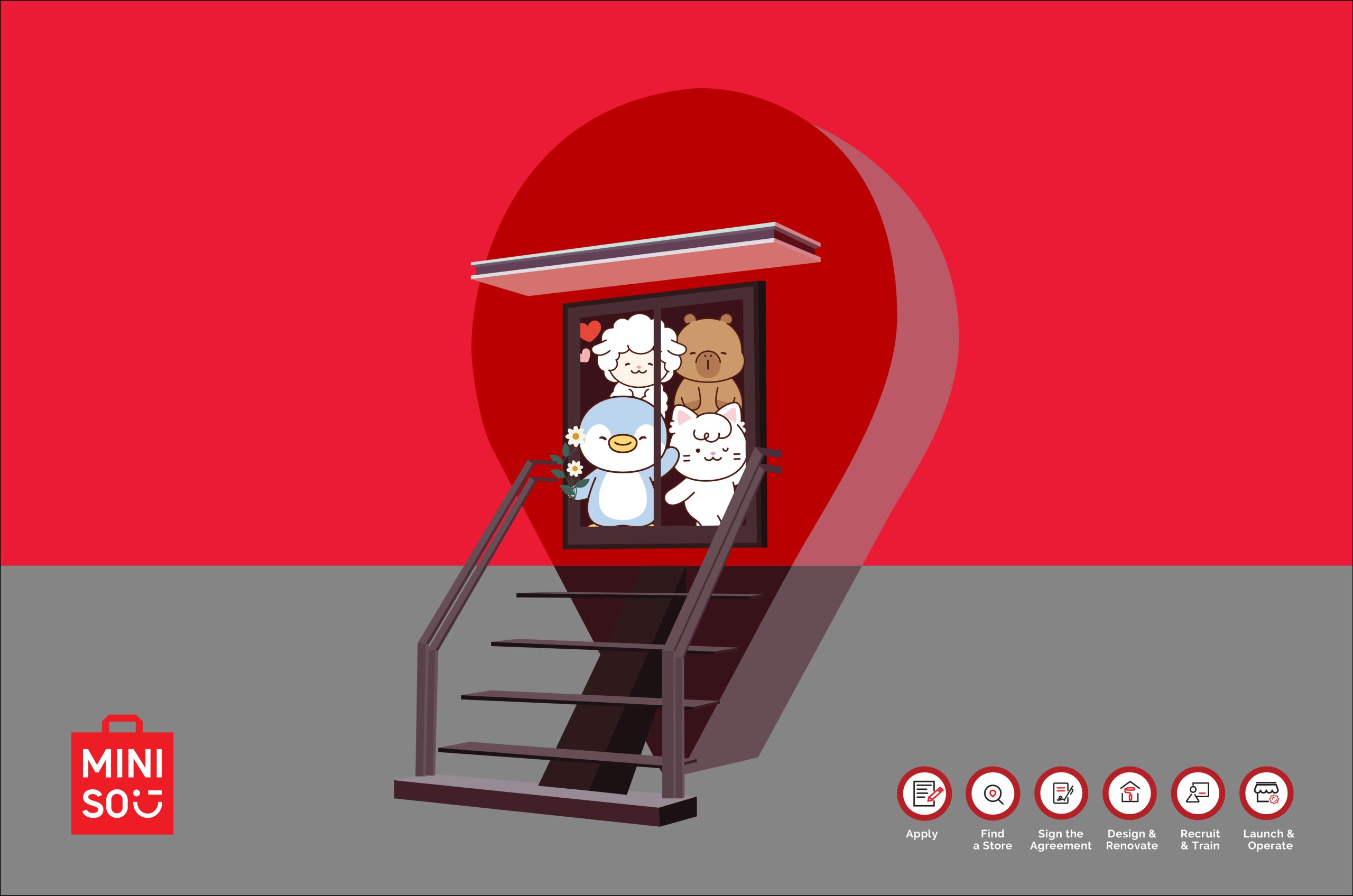The Chittagong port that handles about 90 per cent of the export-import cargoes of the country has experienced both ups and downs during all these years of its existence.
By Shamsul Huq Zahid
Chittagong, the commercial capital of the country has been running short of many amenities that a modern city should have.
Governments, elected or otherwise, have come and gone but none of them have been serious enough to address most of its major problems.
Chittagong has prospects and problems as the country’s premier seaport and the second largest city. Not all the port cities around the world are major trading centres. But Chittagong is. It, over time, has emerged as the country’s main trading hub.
The Chittagong port that handles about 90 per cent of the export-import cargoes of the country has experienced both ups and downs during all these years of its existence. The users of the port had lots of complaints about its performance even some years back. The situation with port operations is now better than before but it is far from an ideal one.
The lead time of the port is still higher than many other regional ports. Businesses face hassles of different types. Technologically, the port is still lagging far behind. The highhandedness of the dock workers, who are controlled by outside political elements, does at times create serious problems for the port users. Corruption at the port is systemic and the businesses have learnt to live with it notwithstanding the fact the vice has been adding cost to their operations.
The handling capacity of the port has improved in recent years following addition of necessary equipment. But when the rush of ships is a little bit heavy, the port cannot cope with the situation and it keeps a large fleet of cargo-laden ships waiting in the outer anchorage.
Despite having all these weaknesses, talks about using the Chittagong port as a regional facility has become intense, of late. A neighbouring country is very interested for it wants to transship goods to and from its near inaccessible northern part. Such a desire, however, has given rise to controversies. If the port is allowed to be used by the neighbouring countries, its capacity has to be beefed up substantially with a sizeable investment.
Besides, not for its regional use but for making the port efficient for domestic users, the authorities concerned will have to make the port operations automated.
Its potential as regional hub will largely remain unrealized until the Chittagong is developed as a city of global standard. Chittagong deserves such development for it hosts 40 per cent of the country’s total heavy industries. It is the second RMG (readymade garment) heartland and it has two internationally competitive export-processing zones (EPZ). Besides, Chittagong is also one of the fastest-growing cities in the region with a population of 5.0 million. It is also an emerging industrial hub with shipbuilding, steel and tourism dominating the scenario.
Chittagong is yet to reap its full potential because of the unsatisfactory state of both rail and road links. Over 90 per cent of the export-import cargoes are passed through the road and railway linking Chittagong with Dhaka. Road transportation remains a dominant player in this area.
The implementation of a project to convert the existing Dhaka-Chittagong highway into a four-lane one is almost at the final stage. The four-lane highway is expected to ease the severe traffic congestion, to some extent. But the improvement might prove short-lived if the anticipated growth of both export and import becomes a reality within next five years or so.
The rail network could have been the relatively cheaper and more efficient mode of transportation of goods from Chittagong to other places of the country. But despite having all the potentials, the policymakers have not shown interest regarding beefing up the capacity of the Bangladesh Railway system.
Allegations have been made which state that road transport owners are bribing a section of decision makers to maintain their (transport owners) domination. But the allegations, it seems, have little substance since the volume of cargoes available for transportation to and from Chittagong is enough to feed both railway and road transports.
But, unfortunately, the development that Chittagong deserves has not been in place for bureaucratic complexities and policymakers’ apathy. It has been facing infrastructural constraints and problems with utility services.
As far as industrial development is concerned, Chittagong has been hit hard by gas supply shortages. Scores of existing industries are not getting enough gas and the new ones have been awaiting gas connections for a while. Investments worth billions of taka are now stuck up in these industries with their sponsors counting a substantial amount in bank interests.
The Chittagong city like other major urban centres of the country does face problems with the supply of quality drinking water, law and order and traffic situation.
But what has been causing most severe dislocation and sufferings to the residents of Chittagong is severe water-logging. A moderate rain is enough to put almost half of the city under waist-deep water. In fact everything gets stuck up following a moderate to heavy rainfall. The problem intensifies if the rainfall coincides with high tide. Sea water very often inundates the low-lying areas during high tides occurring during peak monsoon time.
The drainage system of the port city needs thorough overhauling with the restoration of a few major natural water bodies to their original state, including the chaktai canal. Much of the woes of Chittagong would go away with the improvement of the drainage system. The task is daunting for most canals, as is the case with Dhaka city, have been filled up by the encroachers.
Some projects have been implemented by the Chittagong Development Authority and the Chittagong City Corporation (CCC) in recent years and a few more are either under implementation or in the pipeline. But going by the state of implementation it is hard to say when living in Chittagong city would be trouble-free.
No city, be it in a developed or developing country, is totally problem-free. The bigger the cities, the greater are their problems. But there are both quantitative and qualitative differences in problems between cities in developed and poor developing countries. In the developed world, authorities concerned make conscious efforts to rid the cities of their problems. But that is, in most cases, lacking in the case of cities belonging to the poor developing nations. Efforts in these countries are half-hearted and a large part of the resources employed for improvement of the cities conditions is either wasted or misappropriated.
The policymakers do need to give special attention to the development of Chittagong and its links with the rest of the country. Otherwise, the large part of the dream of taking the country to higher growth trajectory and achieving the coveted status of a middle-income one within the stipulated time would largely remain unmet.
The writer is a senior journalist. He can be reached at zahidmar10@gmail.com















